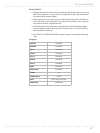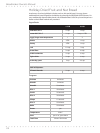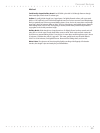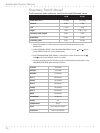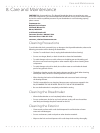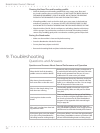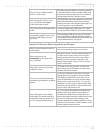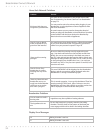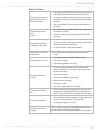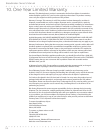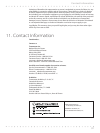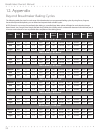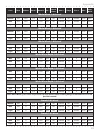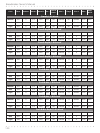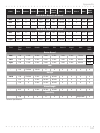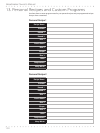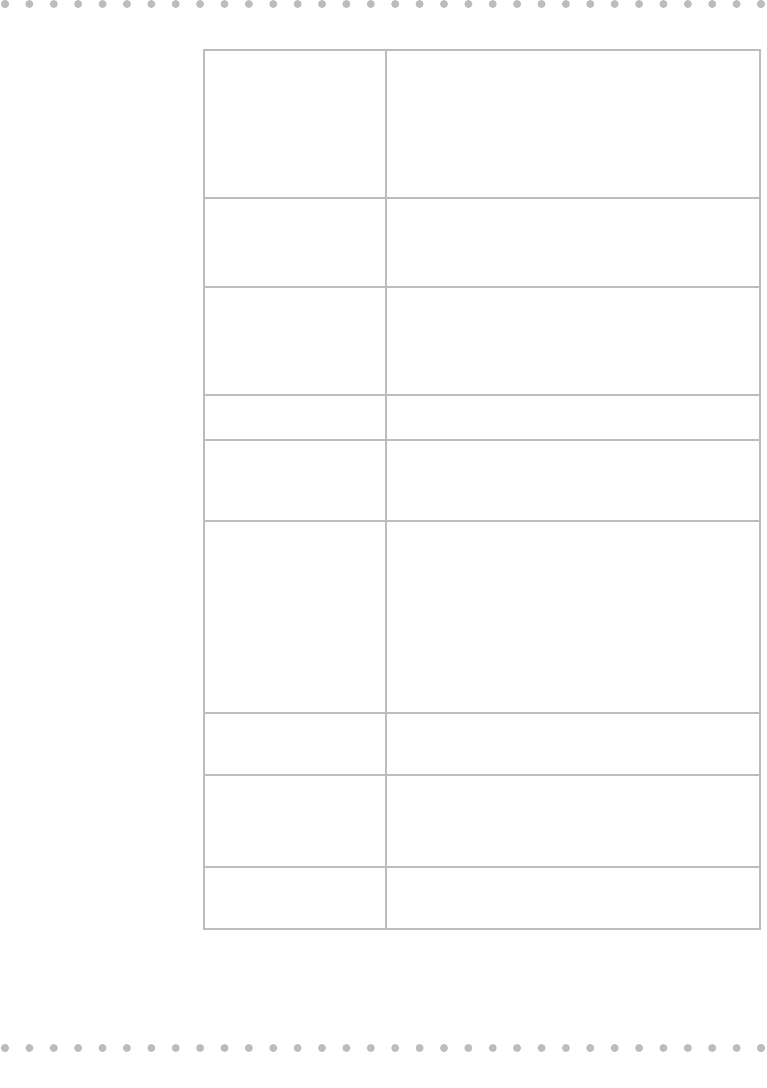
95
Troubleshooting
Baking Problems
The sides of the bread col-
lapse and the bottom of
the bread is damp.
• The bread may have been left in the bread pan too long
after baking. Remove the bread from the pan sooner.
• Try using more flour (a teaspoon at a time), or less yeast
( teaspoon at a time), or less water or liquid (a teaspoon
at a time).
• Salt was omitted. Be sure to add salt, when called for in
the recipe.
The bread has a heavy,
thick
texture.
• Try using less flour (a teaspoon at a time), or more yeast
( teaspoon at a time).
• The flour could be old or not the right kind of flour for
the recipe.
The bread is not baked
completely in the center.
• Try using more flour (a teaspoon at a time), or less water
or liquid (a teaspoon less at a time).
• Do not lift the lid too often during baking.
The bread has a coarse or
holey texture.
This is usually the result of forgetting to add salt to the
recipe.
The bread rose too much.
• Try using less yeast ( teaspoon less at a time).
• The salt was omitted.
• The kneading paddle was missing.
The bread did not rise
enough.
• Try using less flour (a teaspoon less at a time), more
yeast ( teaspoon more at a time), or less water (a tea-
spoon less at a time).
• The salt was omitted.
• The flour was old flour or the wrong
• kind of flour for the recipe,
• The yeast was old.
• The water or liquid was not hot enough.
The bread has a floured
top.
• This is usually the result of using too much flour or not
enough water. Try using less flour (a teaspoon less at a
time), or try using more water (a teaspoon at time more).
The bread is too brown.
• This is usually the result of adding too much sugar to the
recipe. Try using less sugar (1 Tbsp. at a time).
• Try selecting a lighter crust color
The bread is not brown
enough.
This is usually the result of repeatedly lifting the lid or leav-
ing the lid open while the bread is baking.
Be sure the lid is shut while the Breadmaker is in operation.



